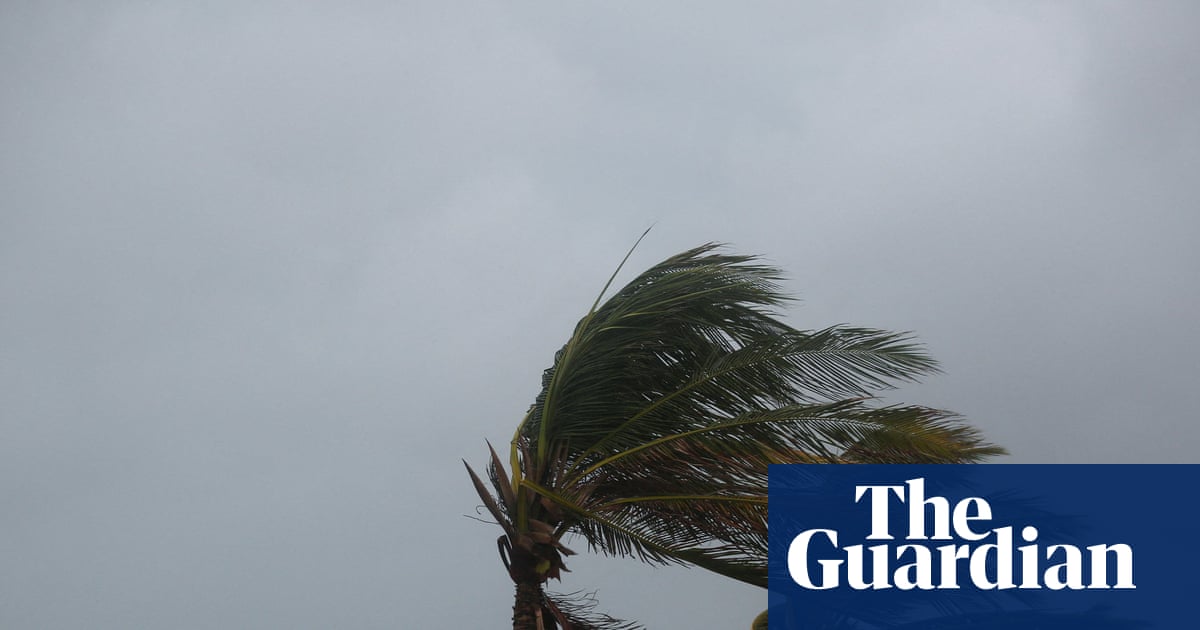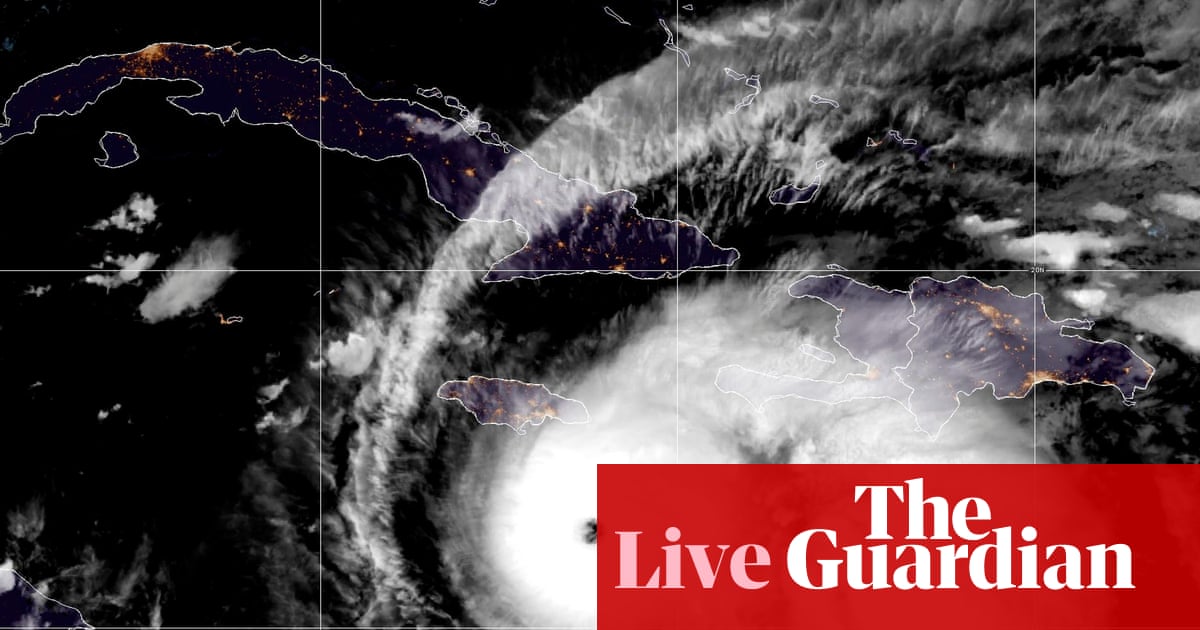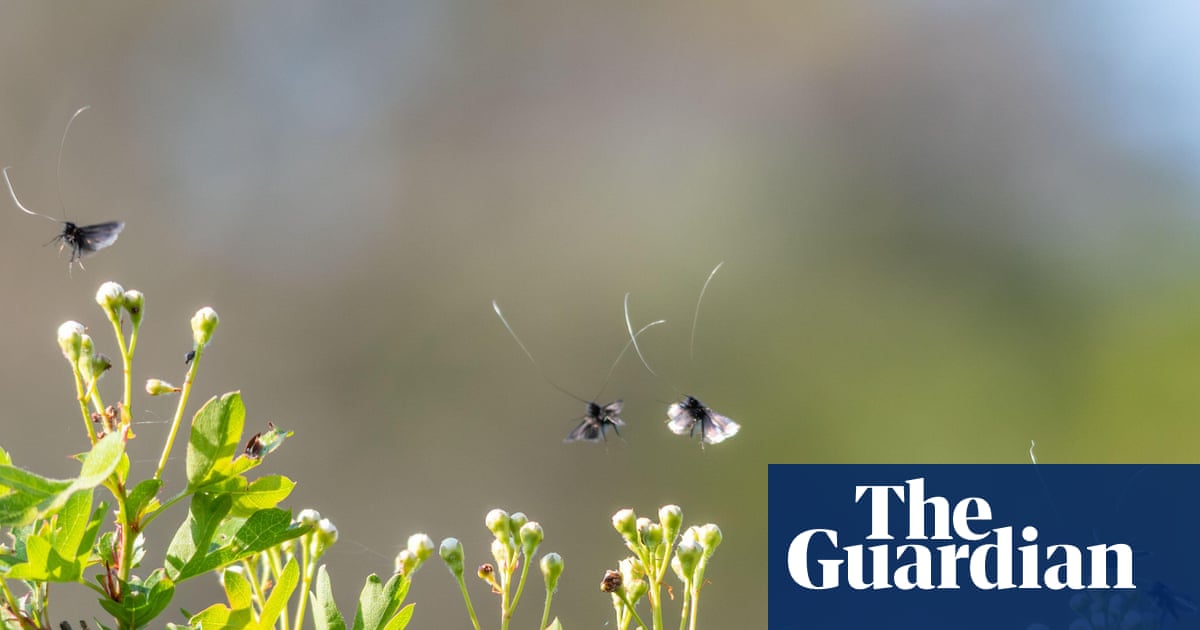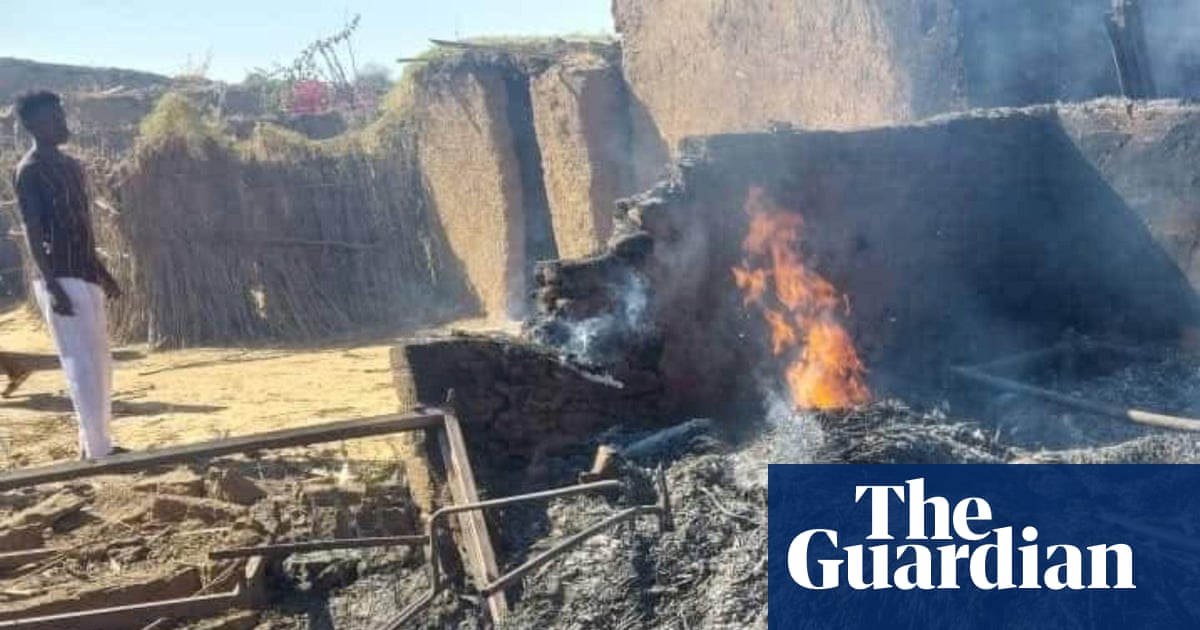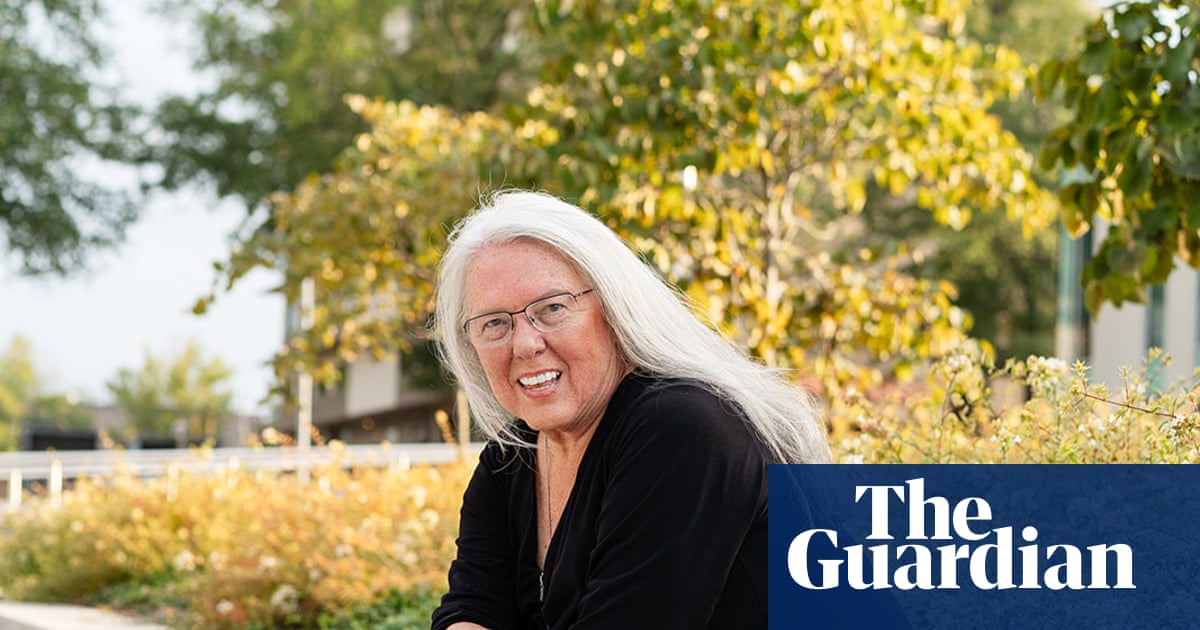A fast-growing wildfire in central California has become the largest in the state this year, surpassing the size of January’s wildfires that devastated parts of Los Angeles.
The Madre fire had exploded to more than 35,000 acres (14,000 hectares) by Thursday morning, after breaking out in San Luis Obispo county on Wednesday afternoon and tearing through grasslands as dry, hot weather raised the fire risk for large portions of the state before the Fourth of July holiday.
Evacuation orders and warnings were issued for tiny communities near State Route 166 as the flames moved through hilly terrain toward the Carrizo Plain national monument. The region, which lies about 125 miles (200km) north-west of Los Angeles, contains vast grasslands that draw visitors in the spring to enjoy its wildflowers.
The fire was pushed by summer gusts that typically increase as the sun starts going down, said Ryan Kittell, a meteorologist with the National Weather Service.
“The winds are pretty light during the day, but they do pick up pretty substantially in the afternoon and evening hours,” Kittell said. He said gusts could reach 40mph (64km/h) later in the day Thursday, posing new challenges for firefighters working in extreme heat: temperatures in the area were expected to climb to nearly 100F (37C) by the afternoon.
As of Thursday morning, the fire was at 5% containment, according to the state’s wildfire agency, Cal Fire. The cause of the fire was not yet known.
US wildfire terms, explained
ShowAcres burned
US wildfires are measured in terms of acres. While the size of a wildfire doesn’t necessarily correlate to its destructive impact, acreage provides a way to understand a fire’s footprint and how quickly it has grown.
There are 2.47 acres in a hectare, and 640 acres in a square mile, but this can be hard to visualise. Here are some easy comparisons: one acre equates to roughly the size of an American football field. London’s Heathrow airport is about 3,000 acres. Manhattan covers roughly 14,600 acres, while Chicago is roughly 150,000 acres, and Los Angeles is roughly 320,000 acres.
Megafire
A megafire is defined by the National Interagency Fire Center as a wildfire that has burned more than 100,000 acres (40,000 hectares).
Containment level
A wildfire’s containment level indicates how much progress firefighters have made in controlling the fire. Containment is achieved by creating perimeters the fire can’t move across. This is done through methods such as putting fire retardants on the ground, digging trenches, or removing brush and other flammable fuels.
Containment is measured in terms of the percentage of the fire that has been surrounded by these control lines. A wildfire with a low containment level, such as 0% or 5%, is essentially burning out of control. A fire with a high level of containment, such as 90%, isn’t necessarily extinguished but rather has a large protective perimeter and a rate of growth that is under control.
Evacuation orders and warnings
Evacuation warnings and orders are issued by officials when a wildfire is causing imminent danger to people’s life and property. According to the California office of emergency services, an evacuation warning means that it's a good idea to leave an area or get ready to leave soon. An evacuation order means that you should leave the area immediately.
Red flag warning
A red flag warning is a type of forecast issued by the National Weather Service that indicates when weather conditions are likely to spark or spread wildfires. These conditions typically include dryness, low humidity, high winds and heat.
Prescribed burn
A prescribed burn, or a controlled burn, is a fire that is intentionally set under carefully managed conditions in order to improve the health of a landscape. Prescribed burns are carried out by trained experts such as members of the US Forest Service and Indigenous fire practitioners. Prescribed burns help remove flammable vegetation and reduce the risk of larger, more catastrophic blazes, among other benefits.
Prescribed burning was once a common tool among Native American tribes who used “good fire” to improve the land, but was limited for much of the last century by a US government approach based on fire suppression. In recent years, US land managers have returned to embracing the benefits of prescribed burns, and now conduct thousands across the country every year.
A spokesperson for Cal Fire told the San Luis Obispo Tribune that more than 300 first responders were battling the blaze.
The Madre fire is one of at least a dozen blazes burning across California. Western states are bracing for a potentially explosive summer wildfire season due to a dry winter, followed by warm spring and summer temperatures that have dried out vegetation. Farther north in Oregon, which has been dealing with record-breaking early season heat, officials warned that a large wildfire in June “should come as a reminder to Oregonians to be ready”.
Firefighters and experts recently said that the US federal firefighting force is worryingly underprepared for the summer due to a series of changes ushered in by the Trump administration, including cuts to the National Oceanic and Atmospheric Administration (Noaa) – the agency that provides US weather monitoring – as well as staffing and budget reductions.

 3 months ago
51
3 months ago
51


